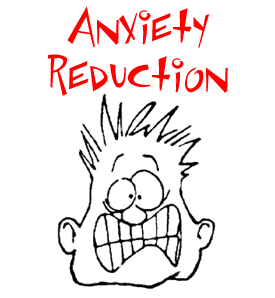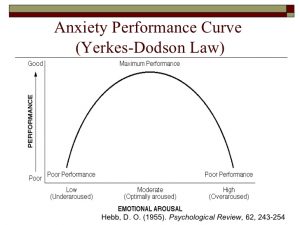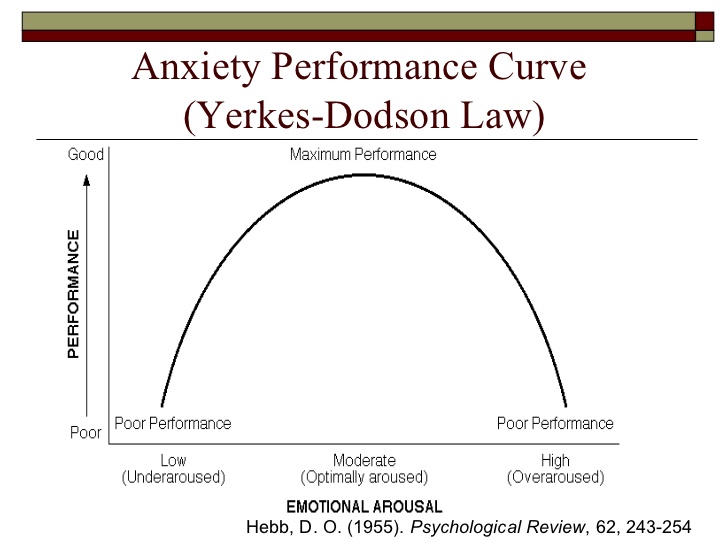 Which everyday situations in or out of the classroom make your child sick from anxiety and how much harm do they cause to his/her physical well-being?
Which everyday situations in or out of the classroom make your child sick from anxiety and how much harm do they cause to his/her physical well-being?
Anxiety can either be harmful or helpful. As adults, we face everyday situations that make us anxious. In fact, most children, adolescents, and adults use anxiety to help them make good decisions. It becomes a problem when it interferes with normal life activities.
The start of the new school year has raised the anxiety level of many children and young adults with meeting new classmates, not being in the same room as a friend, a new teacher(s), new school, etc. The emotions a student experiences before the start of school can lead to an overall sense of anxiety. If we as educators or parents react by being over-protective or over reassuring, it can increase the anxiety level in children and young adults.
Generalized anxiety affects about three to five percent of youth – separation anxiety, obsessive-compulsive disorder, or social anxiety. Test anxiety could affect as much as 20 percent of school age children with an additional 18 percent having a moderate form of the anxiety resulting with a lack of sleep, not being a ‘good test taker’, or over/under studying according the American Test Anxiety Association.

Helpful Strategies
Some general coping strategies that can be followed by parents and educators include:
• Muscle Relaxation – helps to slow the heart rate, breathing, blood pressure, and increases the blood flow to the muscles.
•Deep Breathing/Calm Breathing – taking a deep breath in through your nose and exhale through your mouth will push out tension.
•Using the 5 senses to relax and refocus – the brain takes vibration from our senses and provides stimulation to heal. Use relaxing sounds, smells, visuals, tastes, and textures for touch will help to de-stress.
•Stay on task – set time limits for completion of a task with short breaks throughout.
Anxiety is normal. At some point in life, everyone feels anxious. It prepares us for danger and aides in performing at our best. Anxiety triggers our ‘fight-flight-freeze‘ response for defense purposes. Without it we would not survive.
Classroom/Home Interventions
Intervention in the classroom and at home can help with anxiety.
• Small group activities during the day will help children better cope.
• Young children may benefit from an adjusted shorter day and enable them to face fears.
• When a student shows an effort to control anxiety, provide a reward.
• Allow for modifications for reading or reporting in class such as staying at seat instead of front of room or record presentations on a Tablet or tape recorder.
• Teach positive self talk such as: I’m making progress, I can handle this, I’m willing to try.
• Provide time for short exercise or stretching.
• Create a no-risk setting so there are no wrong answers and no judgmental comments.
• Remember to STOP
 Going to school along with daily activities can offer a wide range of emotions for adults, children, and adolescents. Any one symptom of distress does not seal the fate or determine failure. Each person during the academic year will have setbacks and/or anxiety and will undoubtedly be filled with ups and downs. Awareness, encouragement, and support are the key to dealing with stressful situation and future success in school, at home and outside activities.
Going to school along with daily activities can offer a wide range of emotions for adults, children, and adolescents. Any one symptom of distress does not seal the fate or determine failure. Each person during the academic year will have setbacks and/or anxiety and will undoubtedly be filled with ups and downs. Awareness, encouragement, and support are the key to dealing with stressful situation and future success in school, at home and outside activities.



